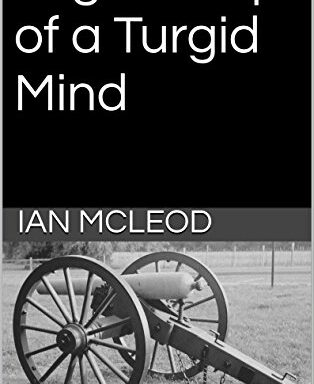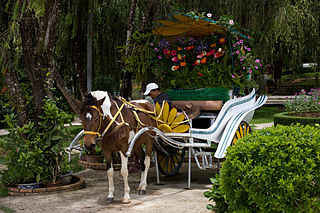In Part IV of the Where to Live series, we’re going to take a brief look at one often-overlooked threat to consider when choosing a home or a bugout location: nuclear power plants.
With the 2011 cracking of Japan’s Fukushima nuclear plant and its leaking of radioactive water into the Pacific Ocean, the world was once again reminded of the potential dangers of nuclear power. Nuclear power has tremendous advantages when compared to coal-powered and even natural gas powered plants.* Their prices are more stable than those that burn petroleum, they emit less atmospheric junk, and overall, they’re pretty freaking safe. When you look at all those red dots and realize that America’s biggest brush with nuclear disaster took place a quarter century ago, it’s obvious that nuclear accidents are not as broad a threat as hurricanes, earthquakes, and tsunamis.
But still, Fukushima. The problem was not just the plant as much as it was the earthquake-generated tsunami that crippled it. Nuclear power plants, when impacted by that kind of event, make a nasty, nasty mess. The result can be so toxic for so long that nearly the only conceivable circumstance under which I would be forced to bug out rather than stay put in an SHTF scenario would be if the only plant within 100 miles of my home had a similar problem. I don’t foresee one, but it’s possible nonetheless. My bugout location is 300 miles from the nearest plant, and it’s a different one.
So as part of your threat assessment, take a look at the nuclear power plants near your area. Especially pay attention if those plants are near known fault lines or in areas where severe weather could have an impact (low-lying areas, coastlines, etc.). Are you downwind from a plant? Are you downstream from one?
The probability that a nuclear meltdown will impact you is low.** But as the impact of an event can be so catastrophic to the area surrounding the plant, the wise prepper will be aware of the potential dangers and plan accordingly.
* I don’t know that anyhing will ever be better than good old hydropower, though.
** Still, 400-lb carrots, FTW!










Hydro / Water power has a lot of good features and done well it isn’t too damaging to the environment. Done poorly there are many issues, elevated nitrogen levels, erosion and deposition changes that can impact the downstream channel and varying water levels upstream of the dam that can impact the spawning process.
I’d rate living near a good nuke plant as a plus, if the staff manages to keep it from going offline permanently the area around the plant is going to be well supplied with power, something likely to be in short supply in many areas.
I agree that being near a nuclear plant is a TEOTWAWKI plus, for that very reason.
As to the dangers from a melt-down, I tend to think Chernobyl, and the abundant healthy wilflife, along with the long lived Babushkas and others who stayed put. The Wikipedia (yeah I know but if anything it is sometimes good to see the most politicized pov) article notes: ” On the death toll of the accident, the report states that 28 emergency workers (“liquidators”) died from acute radiation syndrome, including beta burns, and 15 patients died from thyroid cancer in the following years, and it roughly estimated that cancer deaths caused by Chernobyl may reach a total of about 4,000 among the 5 million persons residing in the contaminated areas. The report projected cancer mortality “increases of less than one per cent” (~0.3%) on a time span of 80 years, cautioning that this estimate was “speculative” since at this time only a few cancer deaths are linked to the Chernobyl disaster. “
5
4.5